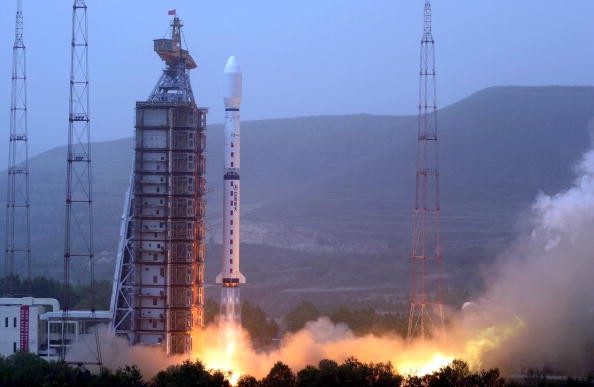China launched a new-generation weather satellite called Fengyun 4A into space that will help improve weather forecasting and study air pollutants. Launched last Sunday, the satellite was developed by the Shanghai Academy of Spaceflight Technology and weighs 5.4 metric tons.
According to the State Administration of Science, Technology and Industry for National Defense, Fengyun 4A was launched at 12:11 AM from the Xichang Satellite Launch Center, located in Sichuan Province. It will be at 36,000 kilometers above the Earth for approximately seven years.
Fengyun 4A will monitor the atmosphere, clouds and the space environment above China, as well as the Indian and the Western Pacific oceans.
The administration stated that this will gradually replace the existing Fengyun 2 satellites, as it will help better with meteorological forecasting, climate change response, environmental monitoring and disaster prevention/relief.
Yu Xinwen, China Meteorological Administration's deputy director, said: "The Fengyun 4A will help China remain one of the top developers of weather satellites. It is the first of its kind in the world that is capable of performing multi-channel observation of the atmosphere."
Chief designer Dong Yaohai said that the satellite has a total of four instruments, which consist of a geostationary interferometric infrared sounder, an advanced geosynchronous radiation imager, an instrument to monitor the space environment, and a lightning mapping imager.
The lightning mapper imager is said to be capable of taking 500 pictures of lightning per second. According to Dong, these images will extensively facilitate research on the effects of the lightning's frequency.
Moreover, the advanced geosynchronous radiation imager will be the one in charge of calculating the density of PM10 and PM2.5, two particulate matters that are harmful to human health.
He also stated: "Fengyun 4A is as advanced as the newest weather satellites developed by the United States, Europe and Japan. It is highly sensitive since it is able to detect a temperature change of 0.1 degrees Celsius on the ground."
Zhao Jian, the officer-in-charge of the project, said that China is planning to launch the Fengyun 4B and the Fengyun 4C in 2018 and 2020, respectively.



























